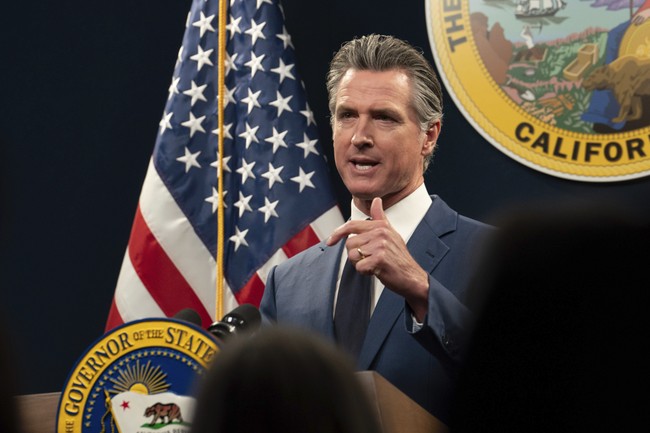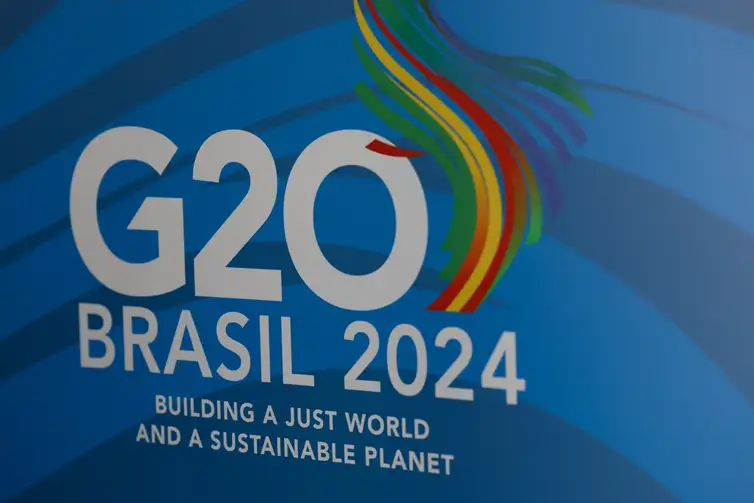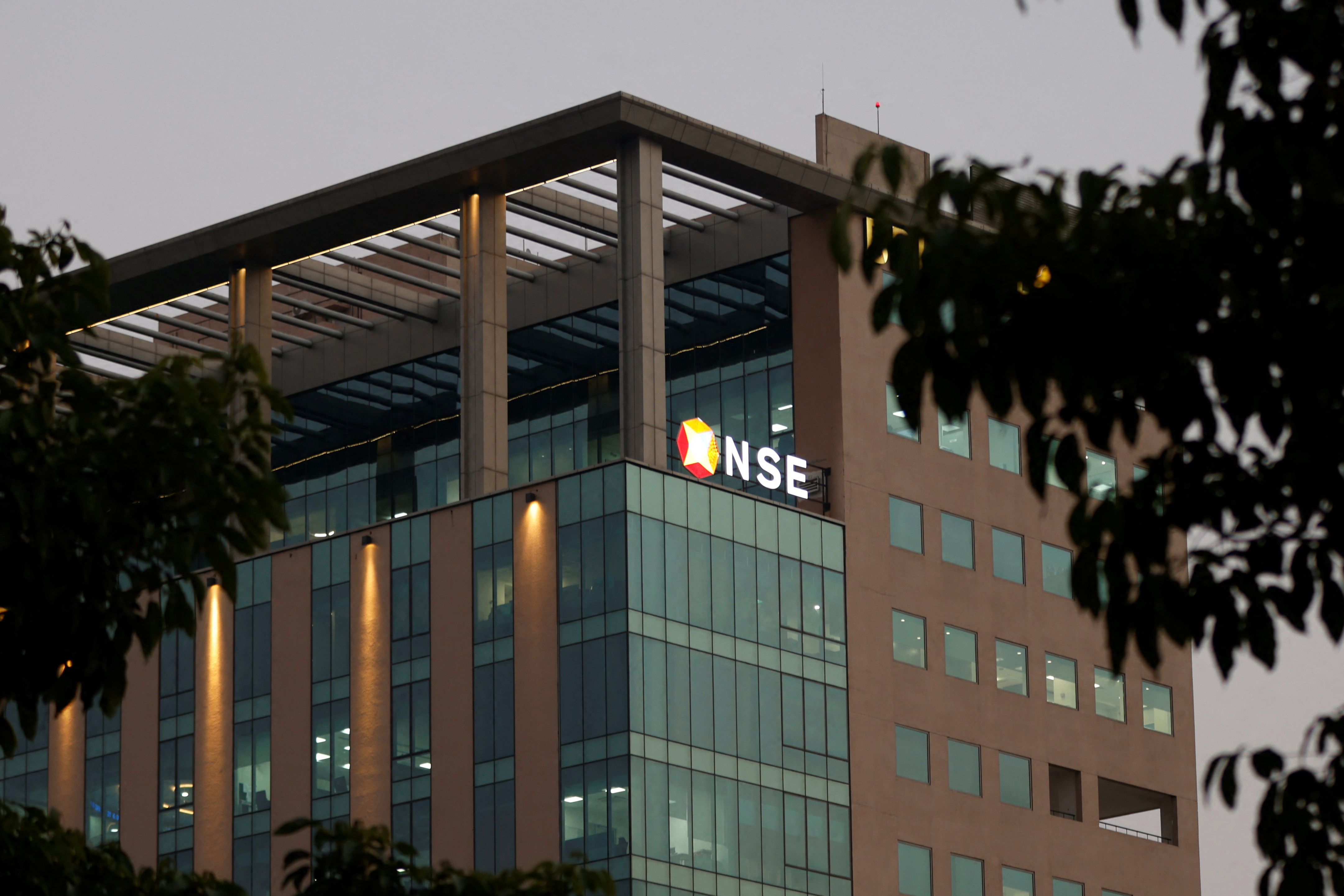NATO United in Upholding Ukraine Amidst Russian Tensions
NATO's decisive stance in supporting Ukraine has gained prominence with the U.S. easing restrictions on weapons and the alliance calling for sustained aid.
Published June 01, 2024 - 00:06am

Image recovered from deccanherald.com
NATO Secretary General Jens Stoltenberg, during a meeting in Prague, reaffirmed the alliance's commitment to support Ukraine in the face of ongoing Russian aggression. Stoltenberg downplayed Moscow's threats of escalation after the United States authorized Kyiv to use American-supplied weapons to hit targets within Russia, particularly in the embattled Kharkiv region. This move came as NATO pondered long-term assistance for Ukraine, advocating a minimum annual support of 40 billion euros.
The alliance's head highlighted Ukraine's right to self-defense, which includes targeting legitimate military sites within Russia, emphasizing that it is not a new development. Britain had previously supplied Kyiv with unrestricted cruise missiles, marking a longstanding pattern of support despite Russian intimidation. This approach aims to enable Ukraine to mount a resilient defense and to guarantee predictability in managing the war effort against Russian offense, now in its second year.
Furthermore, NATO plans to increase cooperation with Indo-Pacific partners such as Australia, New Zealand, Japan, and South Korea, focusing on technology, cybersecurity, and countering hybrid threats. Stoltenberg's outreach for enhanced collaboration is coupled with his call for fair burden-sharing among NATO's 32 members, potentially basing each nation's commitment on their GDP, as the alliance anticipates the steps of the U.S., especially considering a potential presidential return of Donald Trump.
The strategic direction outlined by Stoltenberg aims to solidify NATO's role, with plans to take over the U.S.-led coordination of arms provision to Ukraine deemed essential in the current geopolitical landscape. Allies welcomed the proposal despite concerns about future commitment adherence and the complexities of a changing political climate. Stoltenberg's initiative reflects a unified NATO front responding to the broader challenges of the conflict, ensuring the stability and resolve in safeguarding European and global security.
NATO Secretary General Jens Stoltenberg's statements in Prague underline a strategic pivot as the Western military alliance adapts to the evolving threat landscape triggered by the war in Ukraine. The proposed comprehensive package of aid for Ukraine highlights NATO's readiness to sustain a conflict that has extensively tested European security frameworks and the international order. The commitment of 40 billion euros underscores the scale of assistance NATO considers necessary to counteract Russian aggression effectively.
This considerable financial input is anticipated to cover extensive military aid, including modern weaponry, logistic support, and intelligence sharing. The assistance is also set to extend beyond combat-related support, encompassing humanitarian aid, reconstruction efforts, and financial stabilization mechanisms designed to sustain the Ukrainian government and civil society during this tumultuous period. Stoltenberg's message conveyed a broadened scope of support which aligns with NATO's core principle of collective defense, and a determination to protect its member states and partner countries against external threats.
The emphasis on targeting Russian military sites operates under the purview of international law and underscores the alignment between NATO's strategic posture and broader Western policies towards the conflict. This stance reflects a calculated balance between defensive assistance and deterrence, aimed at mitigating the risk of further Russian advances while avoiding wider escalation. It marks a clear response to Russian posturing and the dissemination of hybrid threats that have characterized the Kremlin's warfare tactics.
The announcement comes amidst a complex interplay of global alliances and partnerships. NATO's increased focus on the Indo-Pacific and strengthening relationships with countries in that region is indicative of expanding strategic horizons. This shift could herald a new era of global defense collaboration, with implications for how security and defense policies are orchestrated against a backdrop of rising geopolitical tensions between Western powers and competitors like China and Russia.
Simultaneously, Stoltenberg's advocacy for equitable burden-sharing speaks to the internal dynamics of NATO, where ongoing debates revolve around resource allocation and the responsibilities of member states. The proposal to anchor national contributions to the alliance's budget relative to GDP aims to address discrepances in defense spending among member countries, ensuring that no single state bears a disproportionate share of the collective security burden.
With an eye towards potential changes in the U.S. administration and their impact on NATO's future, the alliance remains vigilant and adaptive. The efforts to integrate resources and strategies for supplying arms to Ukraine currently led by the U.S. into a NATO-led framework could provide for a more integrated and efficient response to the demands of the conflict. The proposed infrastructure expects to streamline the process, facilitating swift and coherent support tailored to Ukraine's evolving military needs.
The support for Ukraine and the pivot towards the Asia-Pacific region demonstrates NATO's strategical calibration in response to global shifts. Stoltenberg's proposals and the alliance's subsequent actions reinforce the transatlantic bond and the collective resolve of NATO members, cementing the alliance's status as a cornerstone of contemporary geopolitics and a central actor in the pursuit of a stable and secure international community.







